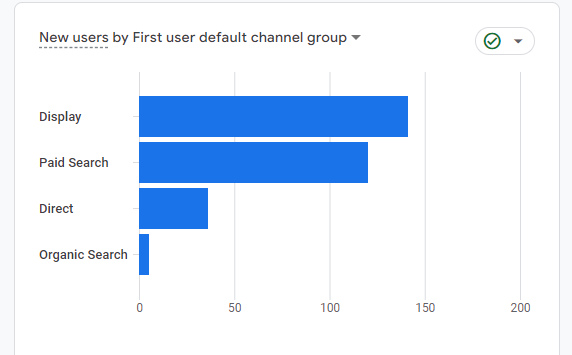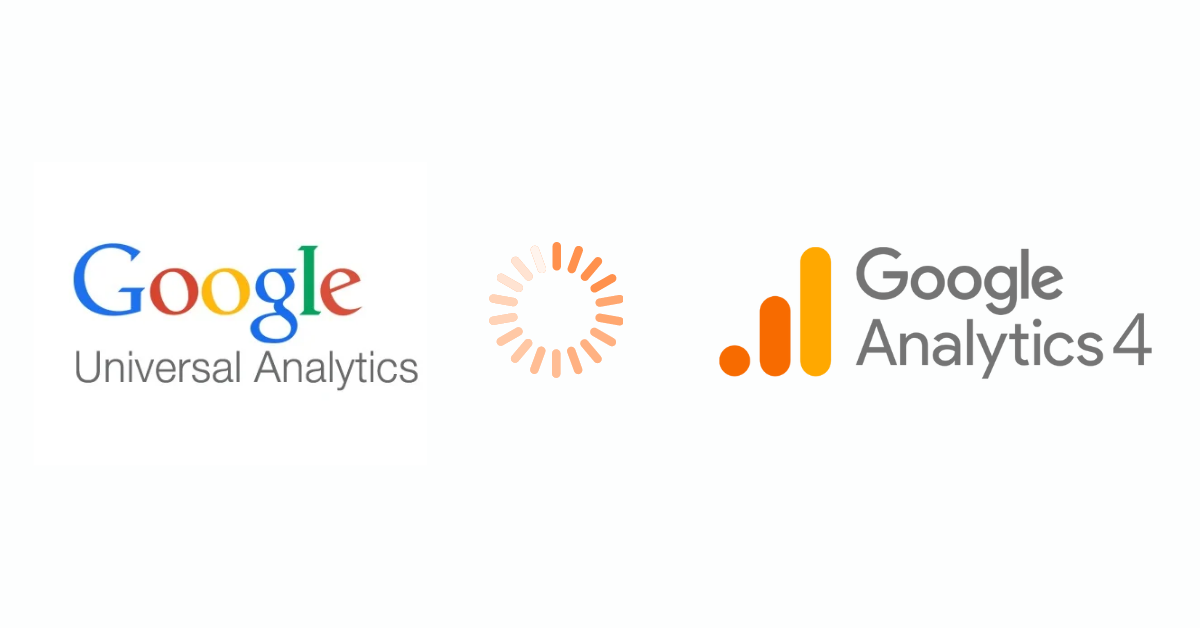Google Analytics (GA) has long been a trusted companion for businesses to gain insights into user behaviour and measure marketing performance. However, the landscape has undergone a significant transformation.
Earlier this month, the deadline for Universal Analytics (UA) processing new data passed. Google Analytics 4 (GA4) has officially taken centre stage. Whilst many marketers and data analysts will have been in the process of transition for some time, there are still likely to be teething issues. This article explores the ongoing challenges this transition poses, and how they can be navigated.
—
How do UA and GA4 really differ?
The development philosophies of UA and GA4 differ in a few key ways:
1) Data model and the shift toward user privacy
UA relies on a session based model, where cookies and client IDs are used to track users within sessions. GA4 introduces an event-driven data model. It tracks individual events and emphasises the interactions and actions taken by users across different platforms and devices. The data is structured around events, which more easily enables cross-device tracking.
Some theorise this shift maps to a wider industry shift toward more privacy-centric tracking methods. GA4 is designed with a stronger focus on user privacy: it has more enhanced data retention controls, enables IP masking by default, and comes with machine learning powered data aggregation and sampling as a built-in feature. This reduces the risk of personally identifiable information being collected or exposed.
2) A shift in reporting capability
GA4 offers fewer built in reporting templates than UA. Many data analysts are still becoming familiar with a newfound reliance on exporting to external tools, as opposed to having customisable reports more readily available. For example, GA4 integrates with BigQuery, a tool for complex data analysis.
—
Challenges of transitioning to GA4
Since the launch of GA4, Google has been gradually strengthening GA4; building third party integrations, addressing feature parity issues and addressing integration challenges more broadly.
However, there are still several challenges for businesses integrating to GA4:
Reporting and Analysis
GA4 has a different reporting interface and data structure compared to UA. Analysts will have had to modify their existing reports, dashboards, and analysis processes to align with GA4’s data model and reporting capabilities.
Due to the fundamental differences between event and session tracking, there will naturally be discrepancies when comparing metrics and performance data for pre and post GA4 usage.
Solution: Many analysts have, for some time, been running both UA and GA4 simultaneously to allow for cross-verification, and identify any discrepancies or anomalies, But, this will need to be an ongoing process to ease the transition. Similarly, data validation and data normalisation techniques are vital for standardising data and ensuring events, goals, and conversions are correctly configured.
Organisations also need to support analysts in communicating changes with the rest of the organisation. It can take time for expectations to shift, and inconsistencies in key marketing metrics such as website traffic, conversions or user engagement… For example, page values, time spent on pages, exit rates etc. This in turn is likely to cause confusion without an adequate organisation wide re-education process.
Attribution Modelling

Another consequence of the shift toward event-driven analytics is the impact on attribution modelling. Here are some key points to understand the attribution complexity in GA4:
- Fragmented User Journeys: With event-driven tracking, a user’s journey is divided into multiple events, each representing a specific action or interaction. This can make it challenging to determine the exact path a user took to conversion. Attribution models need to account for these fragmented journeys and assign appropriate credit to each touchpoint.
- Multiple Touchpoints: In GA4, multiple events can contribute to a conversion, as opposed to attributing it to a single session. Users may engage with different marketing channels, campaigns, or touchpoints along their journey, and accurately attributing conversions to these touchpoints becomes more complex.
- Attribution Models: GA4 offers various attribution models (e.g., last click, first click, time decay) to assign credit to different touchpoints. However, selecting the most appropriate attribution model becomes crucial due to the increased complexity of event-driven tracking. Analysts need to carefully evaluate the strengths and limitations of each model and choose the one that aligns with their marketing objectives.
Solution: Addressing the attribution complexity in GA4 may involve a combination of strategies, including:
- Experimenting with different attribution models to understand their impact on conversion attribution.
- Customising event tracking and defining meaningful events to capture user interactions accurately.
- Leveraging data analysis techniques and statistical models to derive insights from the fragmented user journeys.
- Integrating GA4 data with other marketing and analytics platforms to gain a holistic view of attribution and campaign performance.
Feature Parity with UA
While GA4 offers many powerful features, there are still some functionalities that exist in UA and are not yet available in GA4 e.g. gtag.js. Data analysts need to carefully consider prior features they relied upon and ensure they understand how these features may have been removed or differ in the new set up within GA4.
Additional support to tackle integration challenges
Many of these challenges can be facilitated by tools which have been developed to ease the transition to GA4, one of which is Adtriba Core’s Unified Marketing Measurement (UMM) Solution.
Adtriba core is a tool which enables businesses to track, measure, and attribute conversions accurately, which can support data harmonisation and produce comprehensive analytics from GA4 data. Additionally, it provides advanced Attribution Models for use with GA4. These models consider the entire customer journey, allowing analysts to allocate marketing budgets effectively and optimise campaigns.
—
In conclusion
While challenges exist in terms of reporting capability, attribution modelling, and feature parity, this transition also presents opportunities for organisations to embrace a more privacy-centric and event-driven approach to data analysis.
Data analysts and marketers are tasked with a careful adaptation process. By carefully comparing data and metrics pre and post transition, engaging with stakeholders across the organisation and utilising supporting tools, analysts can utilise GA4 to its full potential.
—
Are you looking for the right candidates to join your data team? We can help. Contact a PL Talents expert today.

